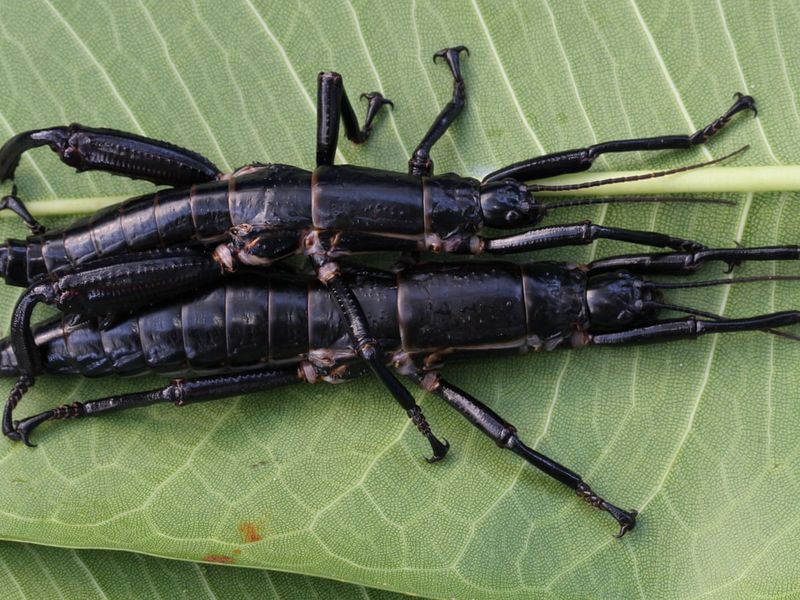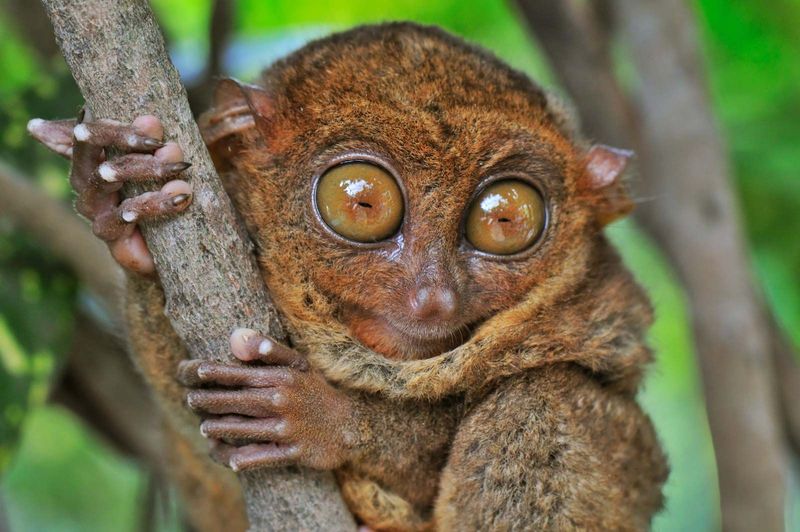Extinction isn’t always the end. Some animals have a wild habit of vanishing for decades—only to pop up alive, smug, and spectacularly unexpected. No, they’re not zombies. They’re called Lazarus species, and they’re rewriting the rules of survival. One minute they’re declared gone forever. The next, someone stumbles across one in a swamp, a cave, or even their backyard. Cue the disbelief. Cue the global headlines. From mysterious marsupials to ancient fish with serious comeback energy, these creatures don’t care about our extinction lists. They’ve got their own agenda—and it includes shocking the world. Ready to meet the animals that ghosted science, dodged extinction, and made a grand return? This list will change the way you think about “lost forever.”
The Coelacanth: Ancient Survivor

In 1938, a living Coelacanth was discovered off the coast of South Africa, shocking the scientific community. Believed to have gone extinct 66 million years ago, this ‘living fossil’ provides a glimpse into a time when dinosaurs roamed the Earth. Its lobed fins and unique scales continue to intrigue researchers. The rediscovery has driven scientists to explore other oceanic mysteries. Fascinatingly, the Coelacanth’s genome reveals insights into vertebrate evolution, connecting us to our distant ancestors. This fish’s comeback is a testament to the ocean’s hidden secrets and the enduring mystery of life beneath the waves.
The Lord Howe Island Stick Insect: A Resilient Bug

Once presumed extinct, the Lord Howe Island Stick Insect was rediscovered on a rocky outcrop in 2001. Known as the ‘tree lobster,’ this insect captivated scientists due to its size and rarity. Its rediscovery led to conservation efforts that have since helped other species at risk. The insect’s unique ability to camouflage as twigs and branches exemplifies nature’s adaptability. Its return from presumed extinction offers hope for biodiversity conservation and affirms the importance of protecting ecosystems. The Lord Howe Island Stick Insect’s story exemplifies resilience and the potential for recovery against the odds.
The Takahe: A Flightless Wonder

The Takahe, a flightless bird native to New Zealand, was found alive in 1948 after being thought extinct. Its vibrant colors and strong build make it a unique sight in the wild. The rediscovery reinvigorated conservation programs and highlighted the importance of habitat preservation. Efforts to safeguard its environment have seen the Takahe population gradually increase. This bird’s survival story is a beacon of hope, illustrating the potential for species recovery with dedicated conservation efforts. Through community involvement and education, the Takahe continues to thrive, inspiring a shared commitment to wildlife preservation.
The La Palma Giant Lizard: A Living Relic

In 2007, the La Palma Giant Lizard was unexpectedly found on the Canary Islands, alive and well. Thought extinct since the 1500s, its rediscovery was a sensational surprise. This large lizard, with its unique scale pattern, has since become a symbol of perseverance in the face of adversity. Conservation programs have been initiated to ensure its survival. The lizard’s fascinating history ties back to early explorers, adding a layer of intrigue to its existence. The tale of the La Palma Giant Lizard exemplifies nature’s tenacity and the unexpected twists in the story of life.
The Pygmy Tarsier: A Small Miracle

The Pygmy Tarsier, a tiny primate with enormous eyes, was rediscovered in 2008 in Indonesia after presumed extinct. Its nocturnal habits and elusiveness make it a challenge to study. Researchers were thrilled to find living specimens, sparking renewed interest in its conservation. This primate’s return highlights the importance of preserving tropical forests, which harbor countless undiscovered species. The Pygmy Tarsier’s story highlights the delicate balance of ecosystems and the surprises they hold. It serves as a reminder of the wonders that await discovery and the imperative to protect our planet’s biodiversity.

